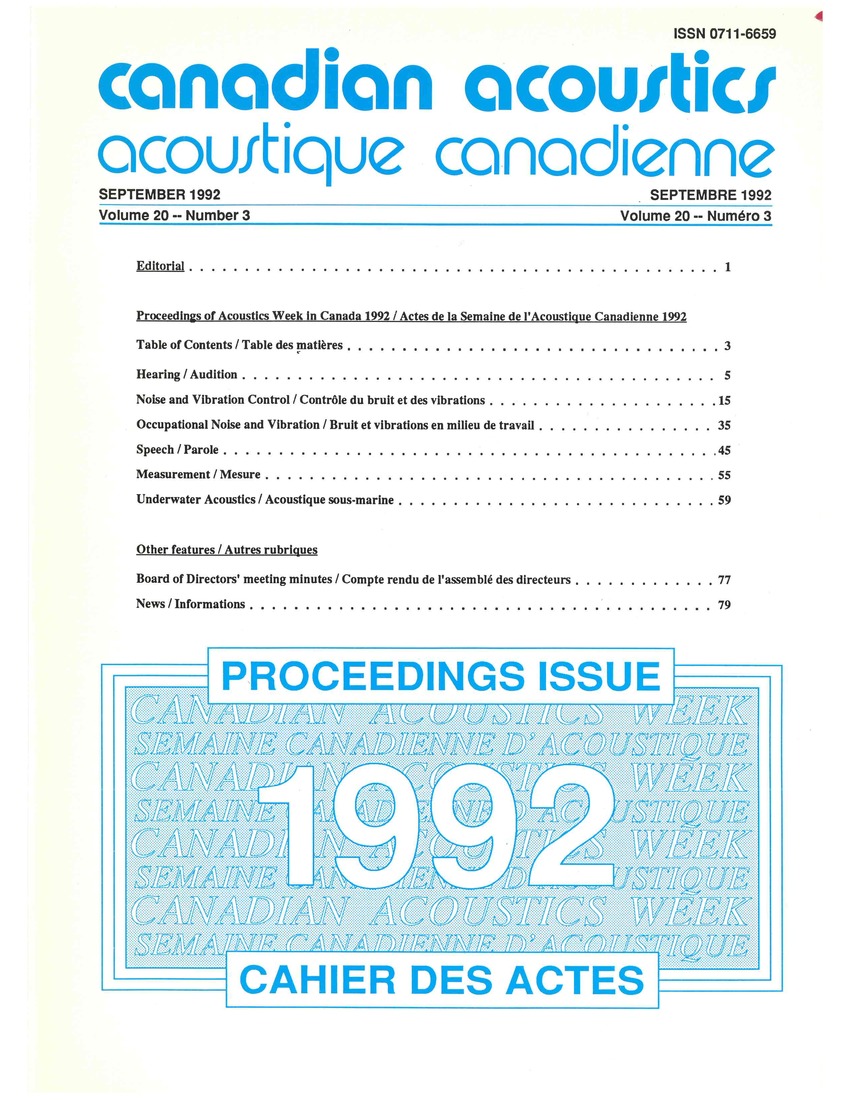Hand-arm vibration associated with the use of riveting hammers in the aerospace industry and efficiency of `antivibration' devices
Keywords:
biological effects of acoustic radiation, aircraft panels, punching strokes, bucking bar, vibration white finger disease, Raynaud's phenomenon, exposure levels, vacuum pads, hand-transmitted vibration levelsAbstract
Riveting hammers are widely used in the aerospace industry for assembling aircraft panels. The process of riveting usually involves punching strokes on the rivet head while a bucking bar is held on the other end of the rivet for closing it up. The installation of a rivet takes only a fraction of a second but is known to subject both the operators of the riveting hammer and of the bucking bar to significantly high levels of vibration. Such vibrations are susceptible to contribute to the development of vibration white finger disease of which Raynaud's phenomenon is most widely known. The authors evaluate the exposure levels associated with the use of typical riveting hammers and bucking bars used in an assembly plant some of these devices being characterized as `antivibration' devices, in an effort to evaluate their efficiency for reducing vibration exposure following the ISO 5349 guidelines. In addition, an evaluation of specially designed vacuum pads, mainly aimed at reducing the noise radiated, to establish their potential effect on hand-transmitted vibration levelsAdditional Files
Published
How to Cite
Issue
Section
License
Author Licensing Addendum
This Licensing Addendum ("Addendum") is entered into between the undersigned Author(s) and Canadian Acoustics journal published by the Canadian Acoustical Association (hereinafter referred to as the "Publisher"). The Author(s) and the Publisher agree as follows:
-
Retained Rights: The Author(s) retain(s) the following rights:
- The right to reproduce, distribute, and publicly display the Work on the Author's personal website or the website of the Author's institution.
- The right to use the Work in the Author's teaching activities and presentations.
- The right to include the Work in a compilation for the Author's personal use, not for sale.
-
Grant of License: The Author(s) grant(s) to the Publisher a worldwide exclusive license to publish, reproduce, distribute, and display the Work in Canadian Acoustics and any other formats and media deemed appropriate by the Publisher.
-
Attribution: The Publisher agrees to include proper attribution to the Author(s) in all publications and reproductions of the Work.
-
No Conflict: This Addendum is intended to be in harmony with, and not in conflict with, the terms and conditions of the original agreement entered into between the Author(s) and the Publisher.
-
Copyright Clause: Copyright on articles is held by the Author(s). The corresponding Author has the right to grant on behalf of all Authors and does grant on behalf of all Authors, a worldwide exclusive license to the Publisher and its licensees in perpetuity, in all forms, formats, and media (whether known now or created in the future), including but not limited to the rights to publish, reproduce, distribute, display, store, translate, create adaptations, reprints, include within collections, and create summaries, extracts, and/or abstracts of the Contribution.


